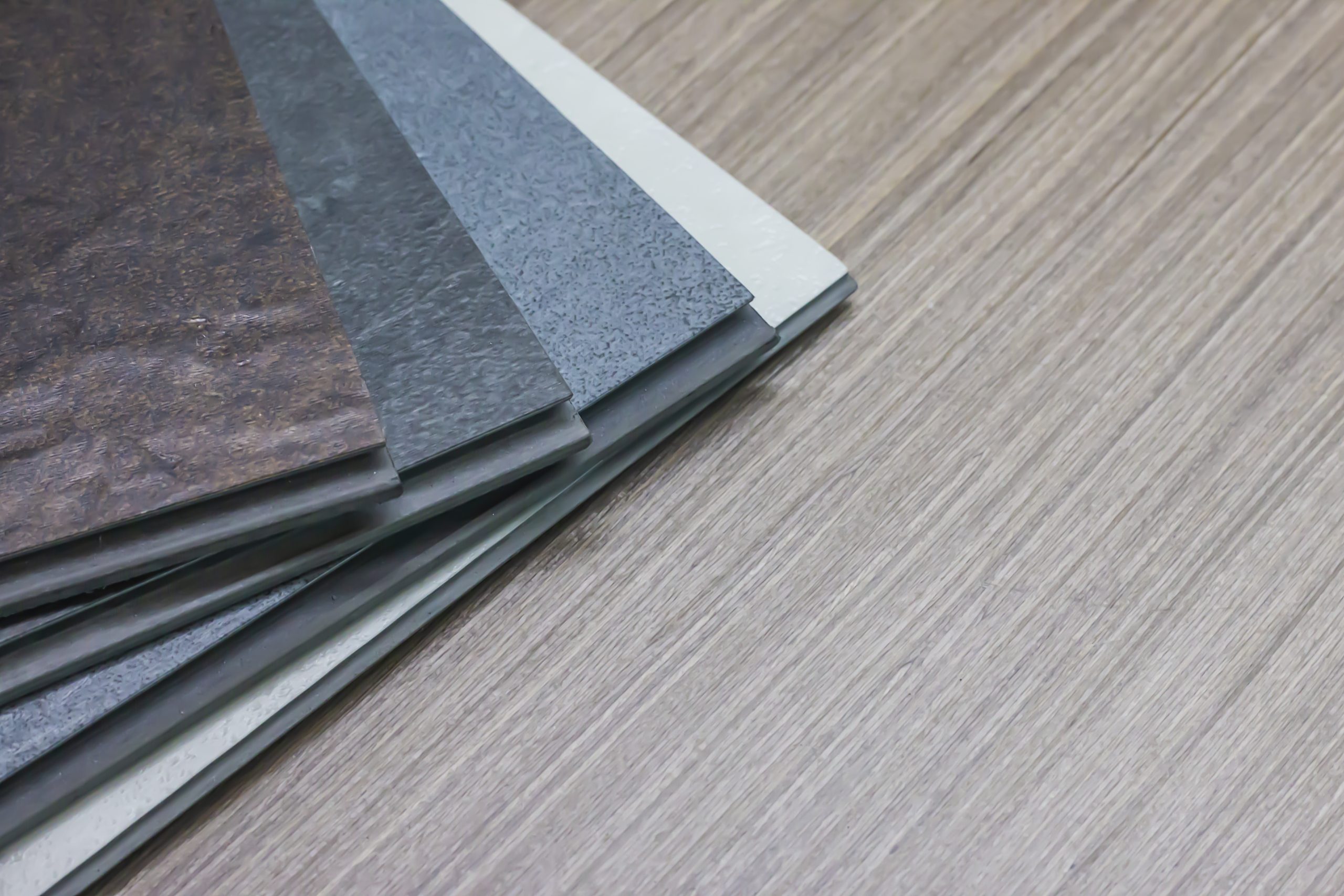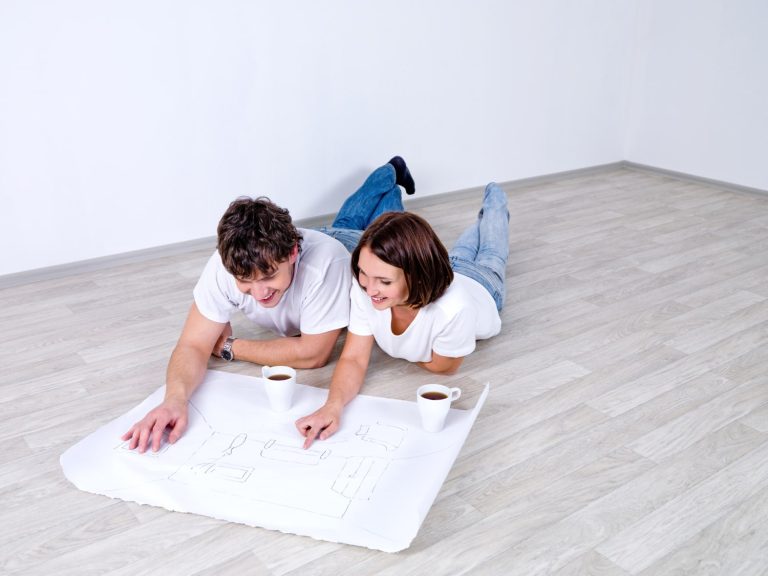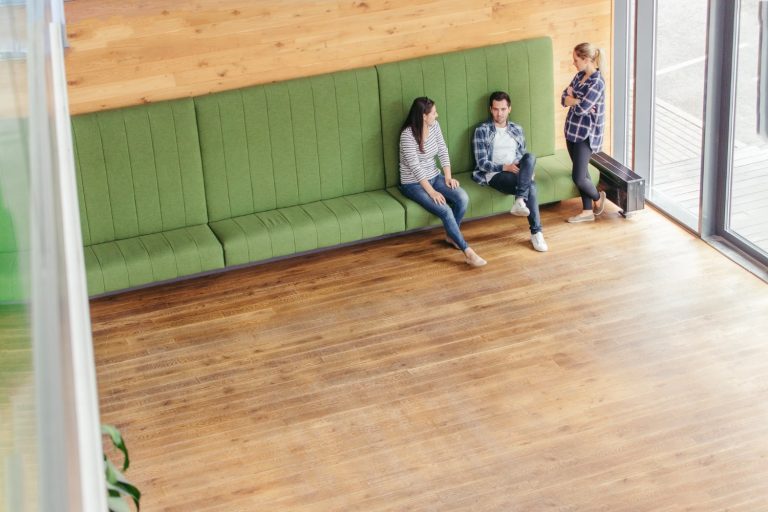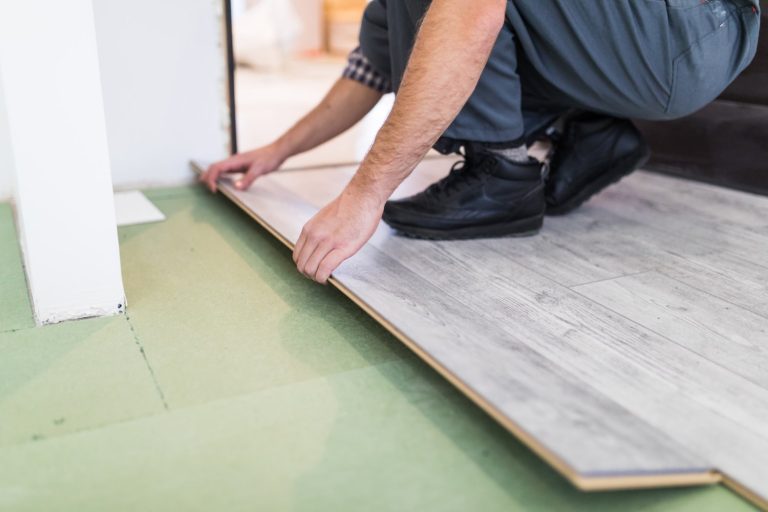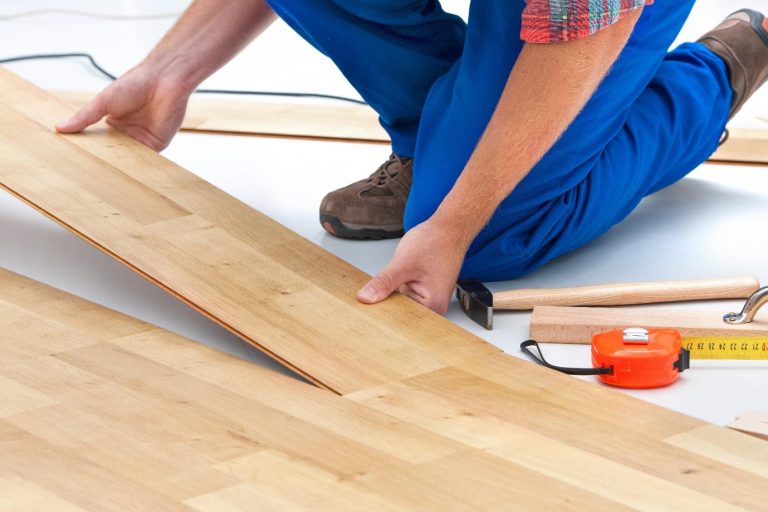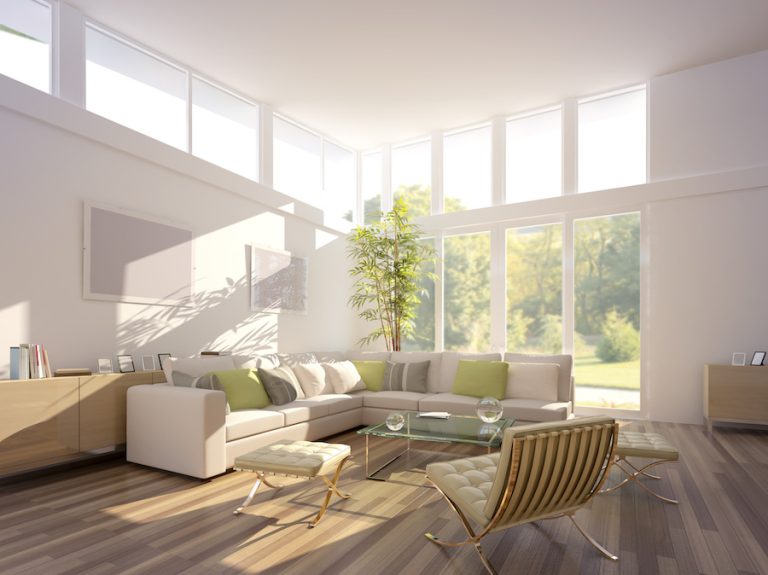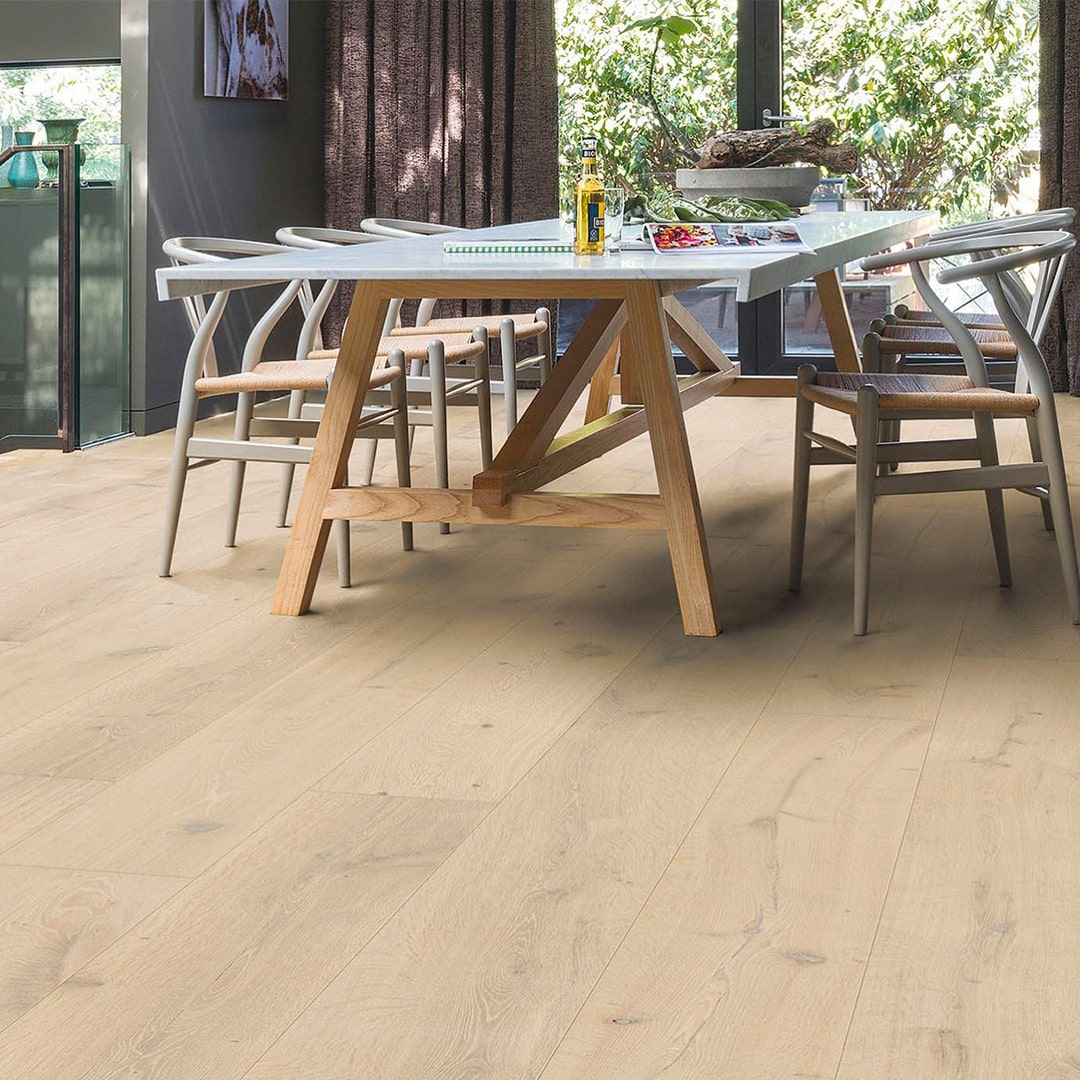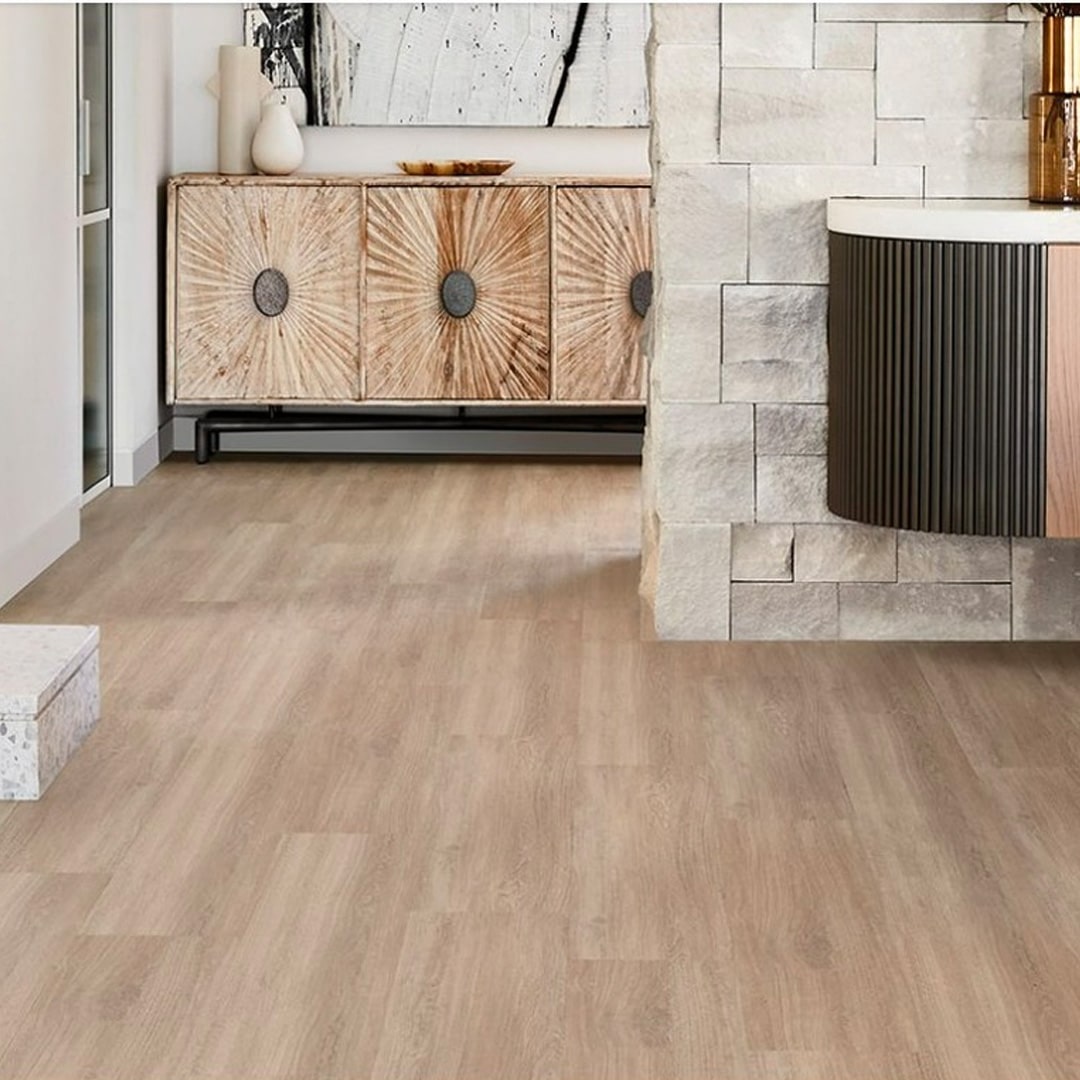5 Reasons Why Vinyl Plank Flooring Is Still Popular
Vinyl, or PVC, exists in a variety of products from school binders to tarps. Because it’s a plastic, it can be of any strength, and so it made its way under our feet with sheet, tile and vinyl plank flooring. Vinyl flooring was in use starting in the 1930s, and while many other flooring options are now available, it’s still in demand. Here are some reasons why vinyl plank flooring won’t be going anywhere anytime soon.
Adaptability of designs
Homeowners choose vinyl plank flooring for an affordable option that can mimic hardwood, including realistic texture and bevelled edges. It can also mimic tile, slate or even leather. It also has its own selection of colourful and modern designs. There are many levels of gloss to achieve the look you want. But because it can suit many types of buildings and any type of room, it appears in homes as well as schools, offices, and salons. It’s most commonly seen in kitchens, baths, entryways, laundry rooms and playrooms as the hardworking flooring, with higher-end styles for living rooms and bedrooms.
Pros:
- Hardworking to high-end designs
- Sheet layers can be printed with any pattern
- Resembles hardwood and other materials
Cons:
- Low-quality vinyl looks fake
Versatile installation
Believe it or not, vinyl plank flooring can be installed over concrete, wood or old vinyl flooring with either peel-and-stick, glue-down and click-together methods. That makes it an easy choice for the time and budget-conscious consumer. It is also a quick job for the DIY type, so there’s no need to rely on a professional flooring contractor unless you need one to level and dry the subfloor.
Pros:
- Simple and fast to install
- Removal/replacement is easier than with sheet flooring
Cons:
- Choose vinyl plank flooring and adhesive carefully to avoid VOCs
- Cannot be refinished
- Some types cannot be installed on stairs
Durability
Being able to resist scuff marks, scratches and wear make vinyl plank flooring very appealing for using especially in high-traffic areas. It’s also soft and warm to stand on for long periods of time with antistatic properties to prevent slips. But it’s the being waterproof and flame-resistant that makes it a winner because those qualities are huge considerations for prospective flooring buyers.
The reason why it’s so tough is because of how it’s made: four layers of felt or fibreglass backing under a printed and embossed sheet with a clear vinyl coat and a top finish of clear urethane. It’s often treated with an antimicrobial agent to resist bacteria, mould and mildew.
Is it flame resistant? Good question.
Vinyl plank flooring can emit noxious fumes whether it’s a small burn or a large-scale fire. However, it typically resists catching fire and stops burning when you remove the cause. Most fires occur in the kitchen and homeowners still choose vinyl because it prevents the spread of fires.
Pros:
- 100% water resistant (stains and spills)
- Antimicrobial (mould and mildew)
- Flame resistant
Cons:
- Not biodegradable
- Fades in direct sunlight
- Can be cut or torn
- Low-quality vinyl will yellow
Ease of cleaning
Once upon a time, people frequently buffed and waxed vinyl plank flooring. Now, you can simply strip and re-apply the polish as needed. You would clean it like you would any other hard, glossy modern surface: Don’t use anything abrasive, don’t soak it, use light soap, and it will shine for several years.
Low cost
Vinyl plank flooring competes heavily against laminate. They are pretty similar to each other and comparable in price, but what distinguishes vinyl is that it’s more resistant to moisture and weather and easier to install and maintain. The plank style came in the 1970s as a low-cost alternative to hardwood flooring. Nowadays, however, it is no longer limited to the ’70s-style house.
To learn more about our flooring options or to request an estimate, contact us.

